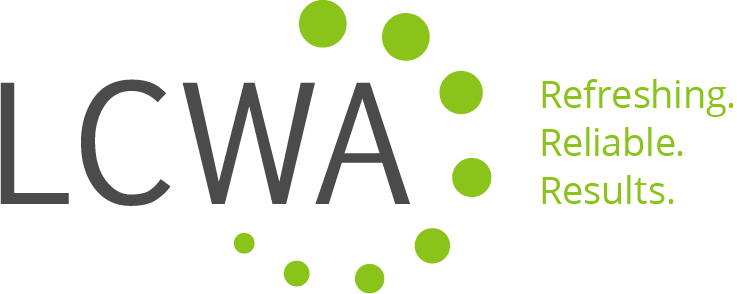August 12, 2020
 There is virtually no industry or business activity that has not been impacted by COVID-19 in some way, and media relations is no different. With the global news cycle focused on the pandemic, the COVID era is challenging and changing the way PR pros engage with journalists. Over the past several months, our team has had to continually adapt our outreach approaches to effectively and sensitively support our clients.
There is virtually no industry or business activity that has not been impacted by COVID-19 in some way, and media relations is no different. With the global news cycle focused on the pandemic, the COVID era is challenging and changing the way PR pros engage with journalists. Over the past several months, our team has had to continually adapt our outreach approaches to effectively and sensitively support our clients. Here are five tips we’ve found for cutting through COVID to keep clients and brands top-of-mind with media.
- Do your research. Even before our “new normal,” this was arguably the most important pitching tactic. With shrinking newsroom staffs, many reporters have transitioned to other beats and some sections are not being published as regularly as they once were. Before reaching out, be sure to double check what journalists are covering, even those you may know well. Follow newspapers closely to understand the extent and frequency of coverage and plan outreach according to the current cycle for that beat.
- Check schedules. As newspapers and magazines adjust to stay afloat, many are publishing less frequently and/or cutting staff hours. Check in with your contacts to stay updated on their current work and publishing schedules. Some newspapers, for example, have reporters working every other week or only on select days.
- Keep emails concise. One thing that hasn’t changed is that most journalists prefer email because they are especially crunched for time. With heavier workloads and reduced resources, it’s now more important than ever to adhere to the best pitching practices frequently cited by journalists, such as straightforward subject lines and to-the-point emails with assets that are easy to access.
- Offer video interviews. With social distancing protocols, media are looking for experts who can interview via FaceTime, Skype or Zoom. And, this applies to more than just broadcast studios. Many print publications are seeking video interviews as they increase their digital coverage. Be sure to media train interviewees on best practices when conducting a remote interview.
- Go local, think global. Locals outlets are especially challenged as they try to maintain advertising and subscription revenues. Local stories and experts are more likely to garner media interest across all types of media. Even better, if you can identify a local angle that connects to or exemplifies a national or global news story, especially COVID, you have a real opportunity to break through the clutter.
